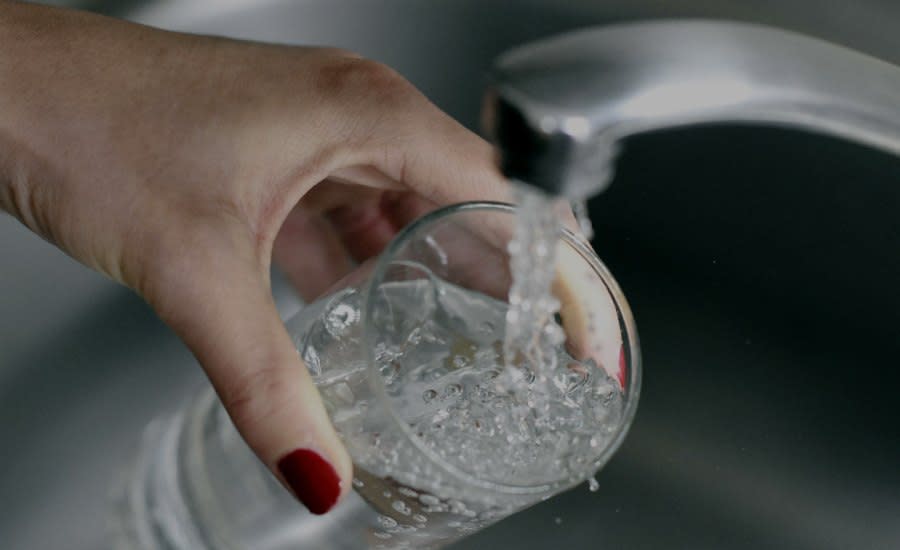Nearly a million Californians could face long-term health issues due to unsafe drinking water, audit says

Story at a glance
California’s acting state auditor issued a scathing report on the state of drinking water systems currently in place.
More than 1 million people are getting their drinking water from systems that have failed federal and state maximum contaminant levels.
Some water systems were found to have excessive levels of arsenic and nitrate, both carrying serious health risks for consumers.
Nearly 1 million Californians are living with contaminated drinking water that’s considered harmful to human health, and the state’s auditor is raising alarm bells over the water systems in hopes to spur urgent changes.
Michael S. Tilden, California’s acting state auditor, issued an audit report this week addressed to the state’s top leadership, including Gov. Gavin Newsom (D). It identified more than 370 failing water systems across the state that provide drinking water to more than 920,000 people. More than two-thirds of the failing water systems are in disadvantaged communities.
The audit report also said there are hundreds of additional water systems currently at risk of failing.
California’s State Water Resources Control Board works to implement and enforce federal and state Safe Drinking Water Acts, which includes enforcing maximum contaminant levels (MCLs) for more than 100 substances that are harmful to human health.
If any water system exceeds any of the MCLs they must notify consumers with an explanation of the contaminant and its potential health effects, the steps being taken to correct the violation and where alternative water supplies should be used.
America is changing faster than ever! Add Changing America to your Facebook or Twitter feed to stay on top of the news.
The audit report found that 70 public water systems in California exceed the MCLs for arsenic, which can cause skin damage, circulatory issues and may even increase a person’s risk of cancer. Another commonly found contaminant was nitrate which can come from fertilizer or sewage runoff and is particularly dangerous for infants under six months old.
California’s State Water Resources Control Board regulates the operation of about 7,400 drinking water systems throughout California and disburses funding to help local water systems improve their quality. However, over the past five years the average application processing time for water systems that seek funding has shot up to more than two years — about 33 months.
Tilden’s report said the water board hasn’t evaluated its cumbersome application process and “has demonstrated a lack of urgency to provide needed assistance to failing water systems.”
Another glaring issue is that the state water board has a serious funding gap. Between 2021 and 2025 there will be an estimated $4.5 billion gap in funds needed and what’s available through loans and grants.
For those water systems that are considered failing and at risk, they will need $3.2 billion in grant funding, but only $1.2 billion will be available. That’s on top of small public water systems and K-12 schools that will need between $1.2 billion and $4.8 billion to meet new drought infrastructure requirements in 2022.
The lack of funds compounds as the audit report says the state water board hasn’t established performance goals or metrics to measure any improvement in processing applications and helping groups apply for funding.
That results in funds not only being delayed, but projects become more expensive as time passes, and that increases the likelihood of negative health outcomes for Californians served by failing water systems.
There are steps California’s water board can take to help the situation, starting with simply hiring more staff to better address funding applications and prevent a backlog.
When it comes to addressing the funding gap, Tilden said the water board should immediately begin working with California’s legislature and federal agencies to request more resources — like repairing or improving water treatment technologies, consolidating water systems and providing technical assistance to local water systems.
Tilden also outlined a timeline, suggesting by January 2023 California’s water board should establish performance metrics for funding applications, and by July 2023 it should evaluate its progress in reforming its application procedures and staffing.
For the latest news, weather, sports, and streaming video, head to The Hill.

